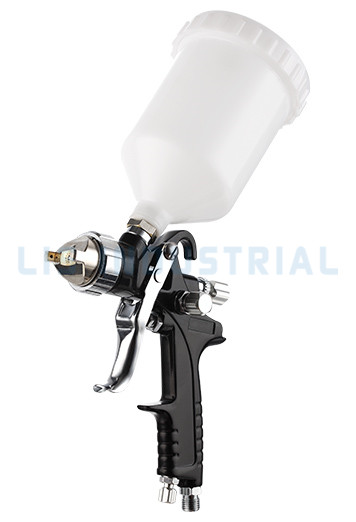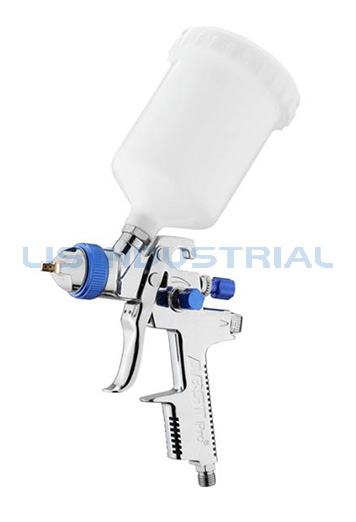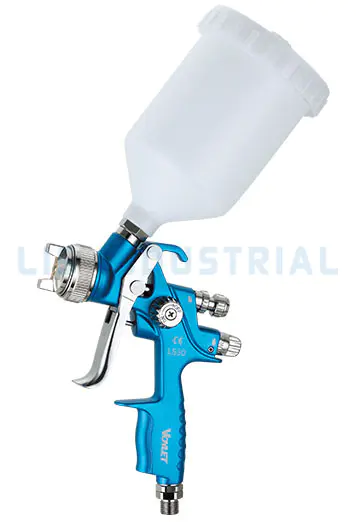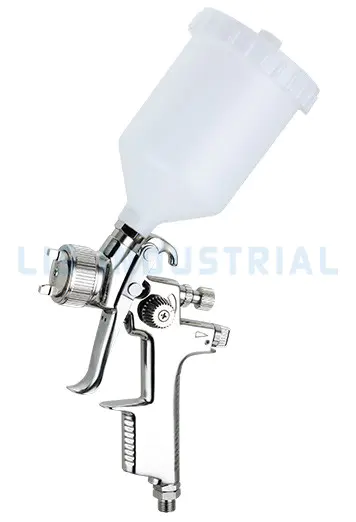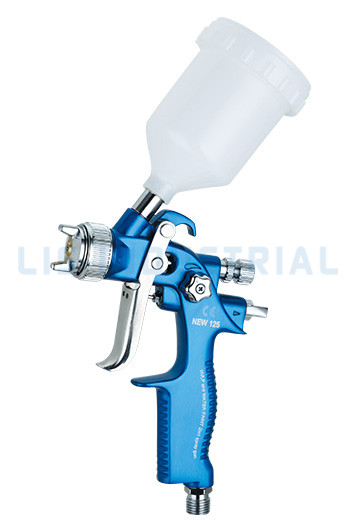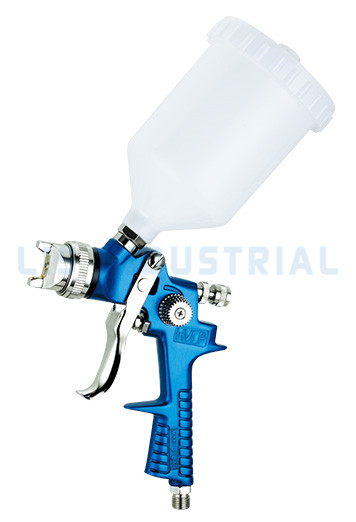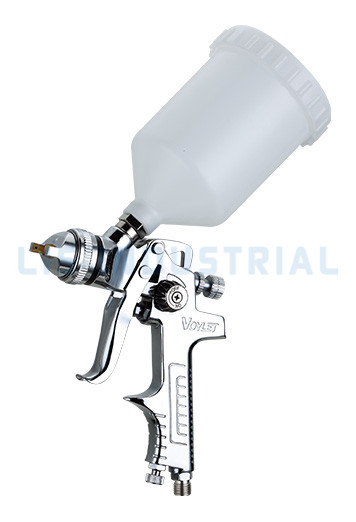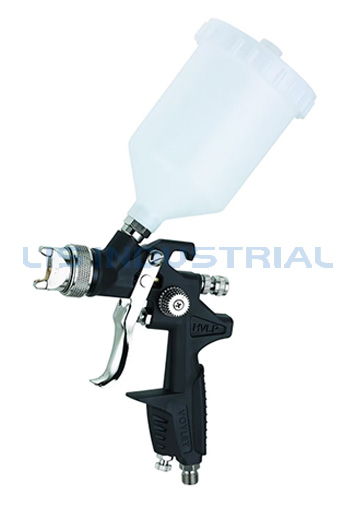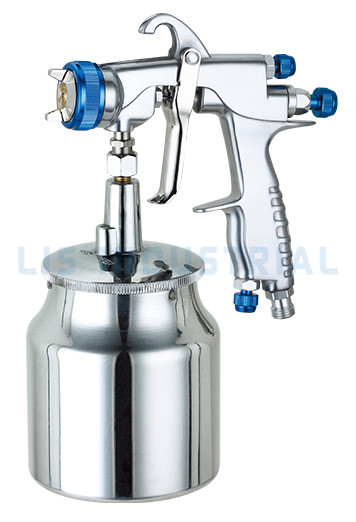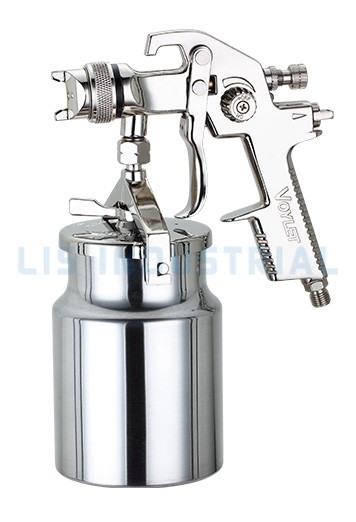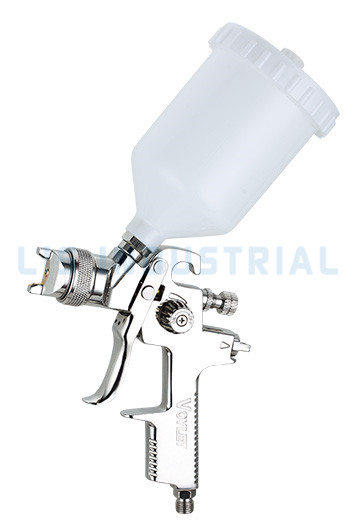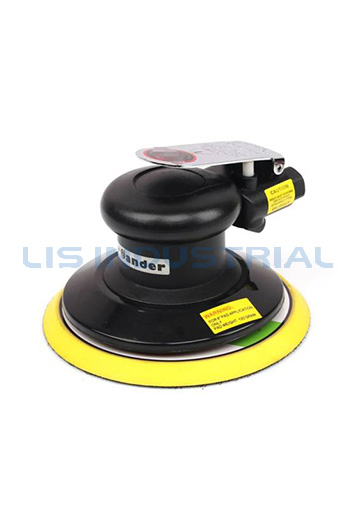The air cap design of an HVLP spray gun plays a crucial role in determining both the spray pattern and the material flow, making it one of the most important components in achieving a high-quality finish. The air cap controls how the air is distributed over the fluid being sprayed, directly influencing how the material is atomized, applied, and distributed onto the surface. Understanding how the air cap design impacts the spraying process can help users optimize their equipment for better results, whether they are painting furniture, automobiles, or other surfaces.
The air cap essentially acts as a nozzle that directs the compressed air through small holes, creating a high-velocity stream that interacts with the material being sprayed. This interaction helps break up the liquid into small droplets, creating an even coating across the surface. The design of the air cap influences several factors that determine the efficiency and effectiveness of this process, including the size, shape, and arrangement of the air holes.
One of the most noticeable effects of the air cap design is the spray pattern. HVLP spray guns can produce different spray patterns such as circular, horizontal, vertical, or fan-shaped, and the air cap design is key to controlling which pattern is achieved. The size and angle of the holes in the air cap determine the spread of the spray, allowing the user to choose a more concentrated or wider application of material. For example, a narrower air cap with smaller holes tends to focus the air more tightly, resulting in a finer, more controlled spray. On the other hand, a wider air cap with larger holes allows for a broader spray pattern, ideal for covering large areas more quickly. By adjusting the air cap, users can fine-tune their spray patterns to suit the specific needs of the project, whether it’s detailed work or fast coverage.
In addition to controlling the spray pattern, the air cap design also affects the material flow and atomization. Proper atomization is essential for achieving a smooth, uniform finish, and this is where the air cap’s design truly shines. The compressed air from the cap breaks the liquid material into fine droplets as it exits the nozzle. A well-designed air cap ensures that the material is atomized evenly, providing a smooth and consistent application. This is particularly important for materials that are prone to dripping, such as certain paints, lacquers, or coatings. An air cap that delivers too much air pressure or a poorly designed air distribution system can cause the material to be atomized too finely, leading to excessive overspray or a rough texture on the surface. Conversely, an air cap with poor air flow or uneven distribution might result in a wet, runny finish or an inconsistent coating.
The air cap also plays a critical role in controlling the amount of material that is dispensed during the spraying process. The pressure exerted by the air cap can either increase or decrease the material flow, which directly influences the thickness of the applied coat. When the air cap is designed to produce higher air velocity, it can increase the rate at which the material is atomized and sprayed, while a less aggressive air cap may slow the material flow, allowing for thicker layers of paint to be applied in a controlled manner. Adjusting the air cap can thus provide the user with better control over how much material is used, helping to achieve the desired finish without wasting excess product.
Another important factor influenced by the air cap design is the reduction of overspray. One of the key benefits of using an HVLP spray gun is its ability to reduce overspray, which not only saves material but also minimizes environmental impact and cleanup time. A well-designed air cap helps direct the airflow in such a way that the spray is contained and focused on the target area, preventing unnecessary dispersion of the material. By choosing the appropriate air cap for the specific task, users can significantly reduce overspray, ensuring that the material is efficiently applied without excessive wastage or environmental contamination.
The air cap design also has implications for user comfort and ease of use. A well-balanced air cap allows for smoother operation of the HVLP spray gun, requiring less force and reducing fatigue for the operator. The air cap’s design can also affect the noise level produced during operation, as a more efficiently designed air cap can help reduce the overall noise generated by the air flow. This is particularly important for professionals who use spray guns for extended periods, as less noise and strain can make the spraying process more comfortable and less tiring.

 Search
Search
 English
English 中文简体
中文简体 Deutsch
Deutsch